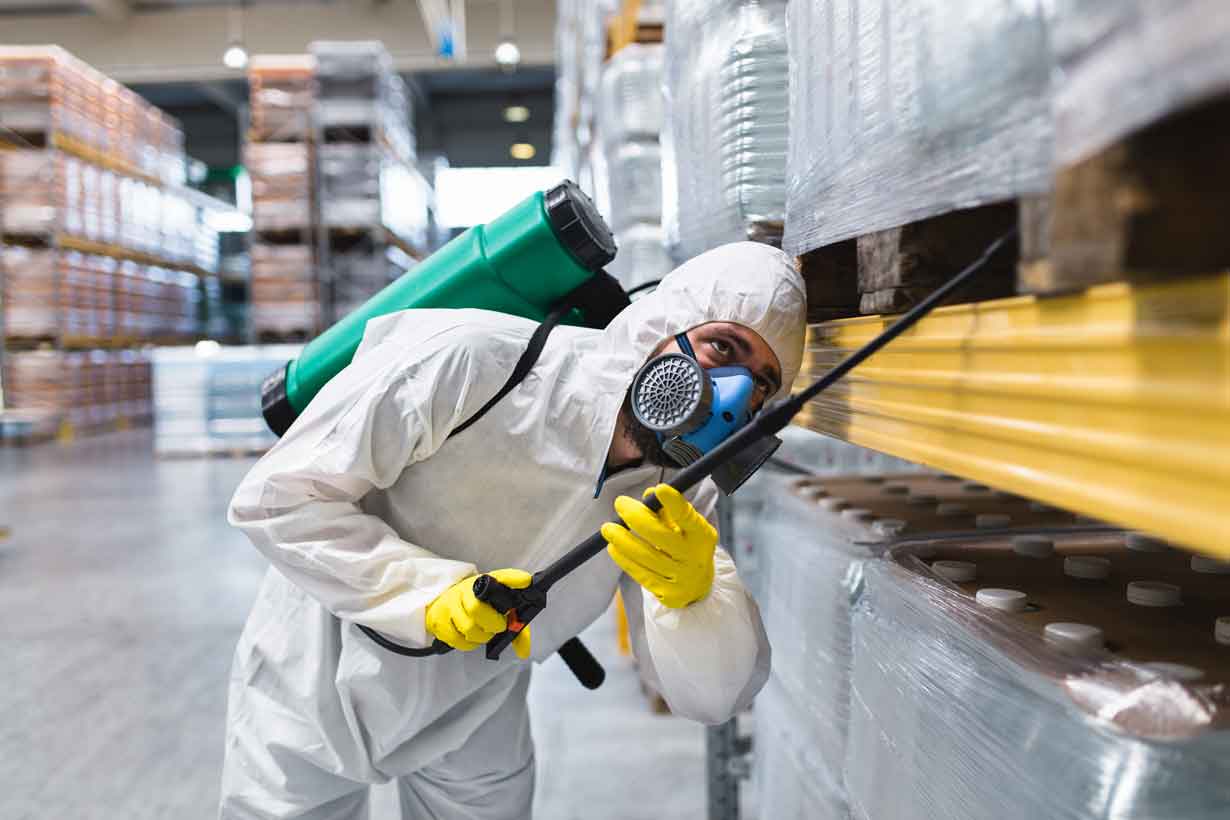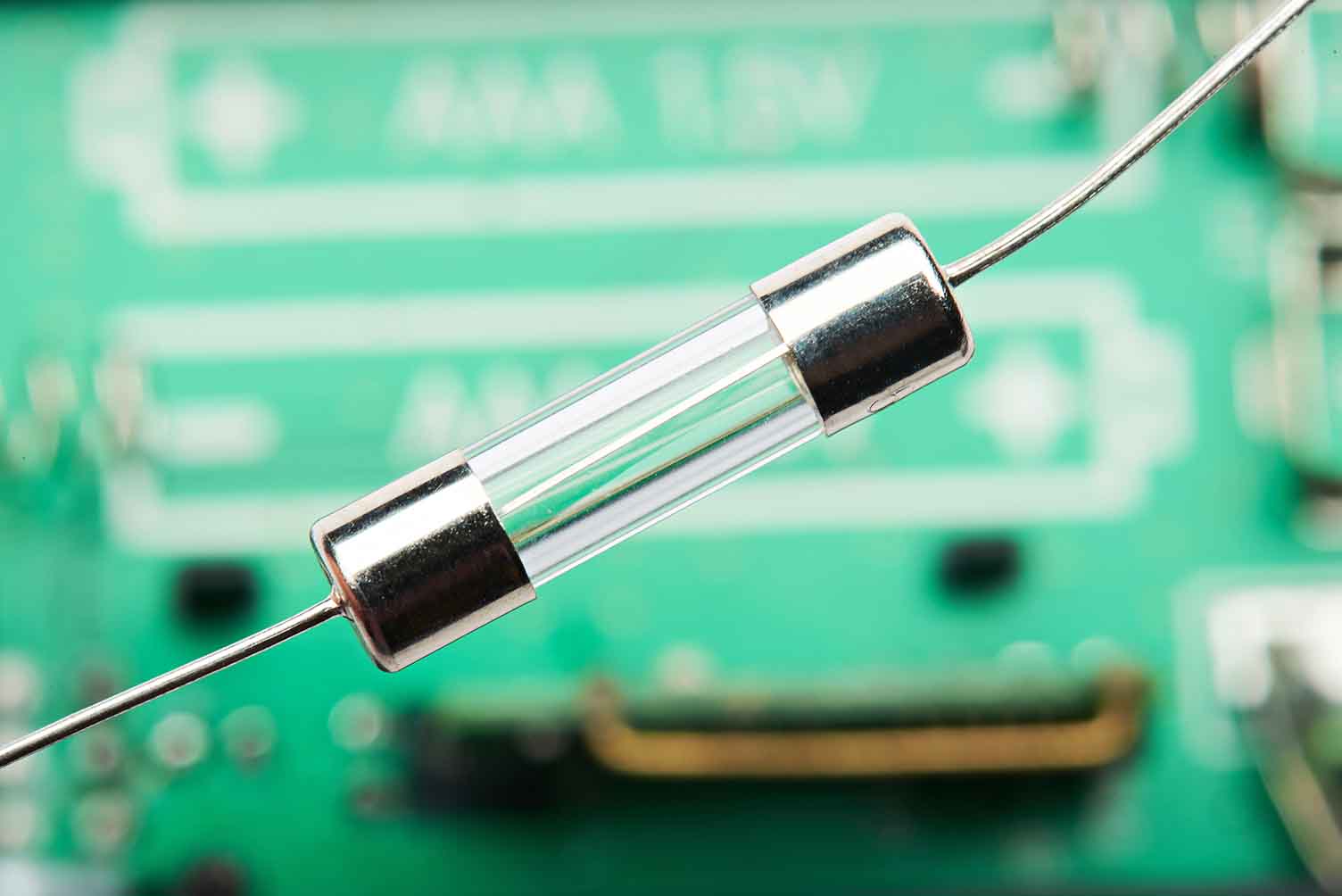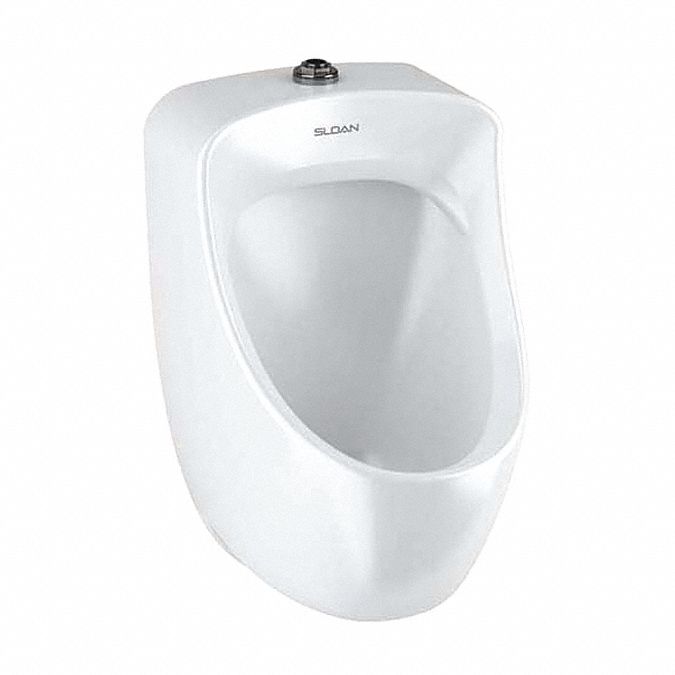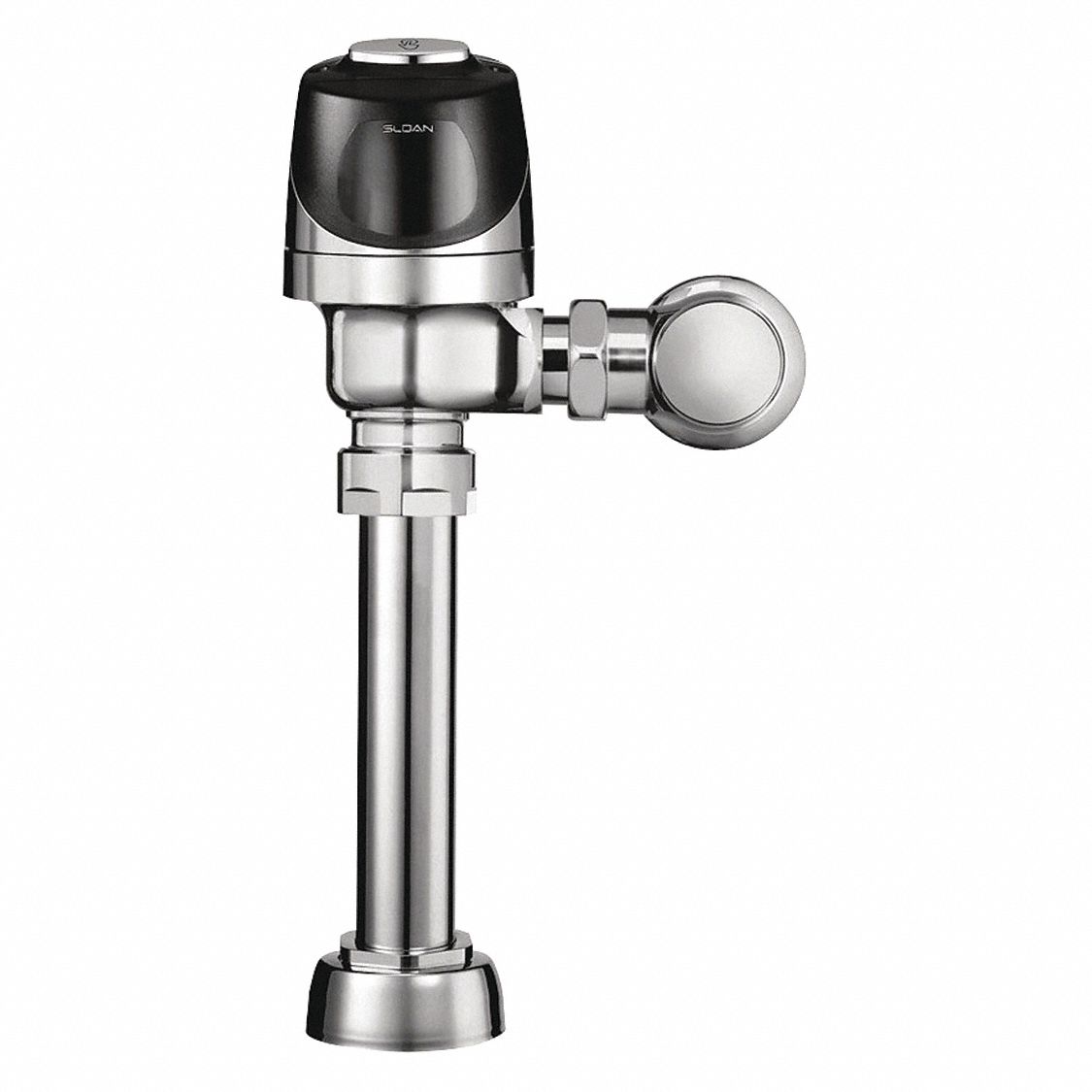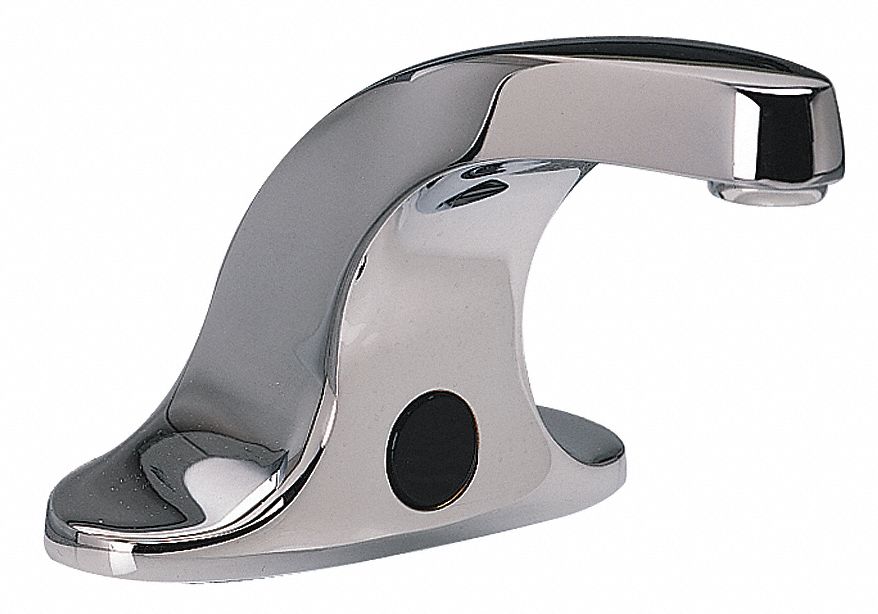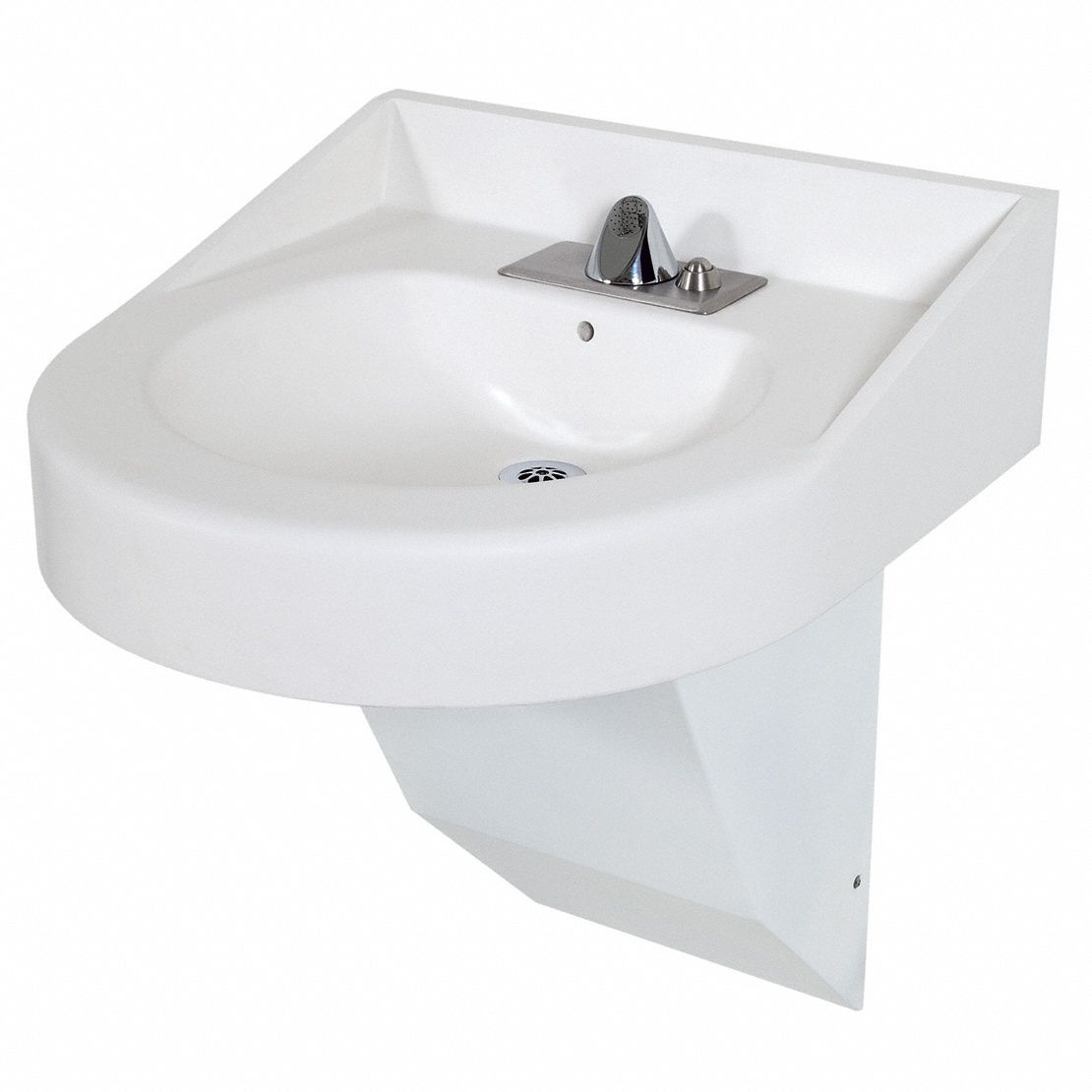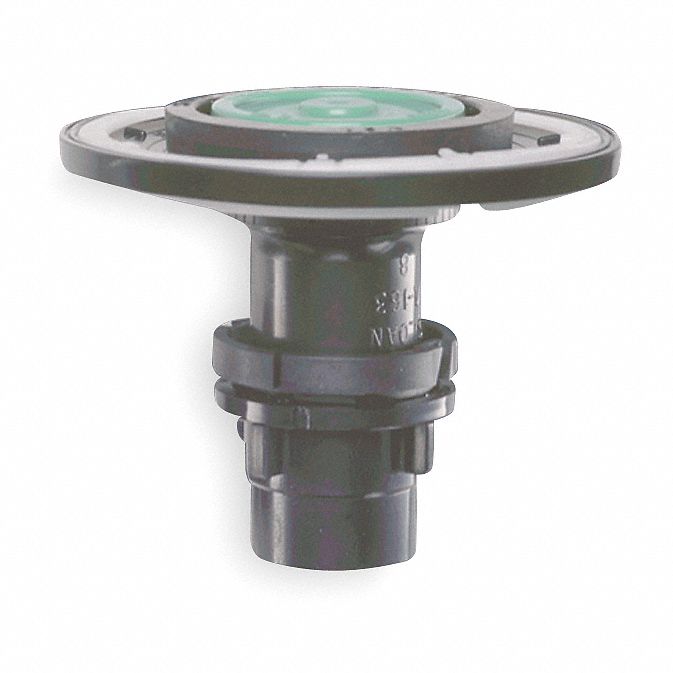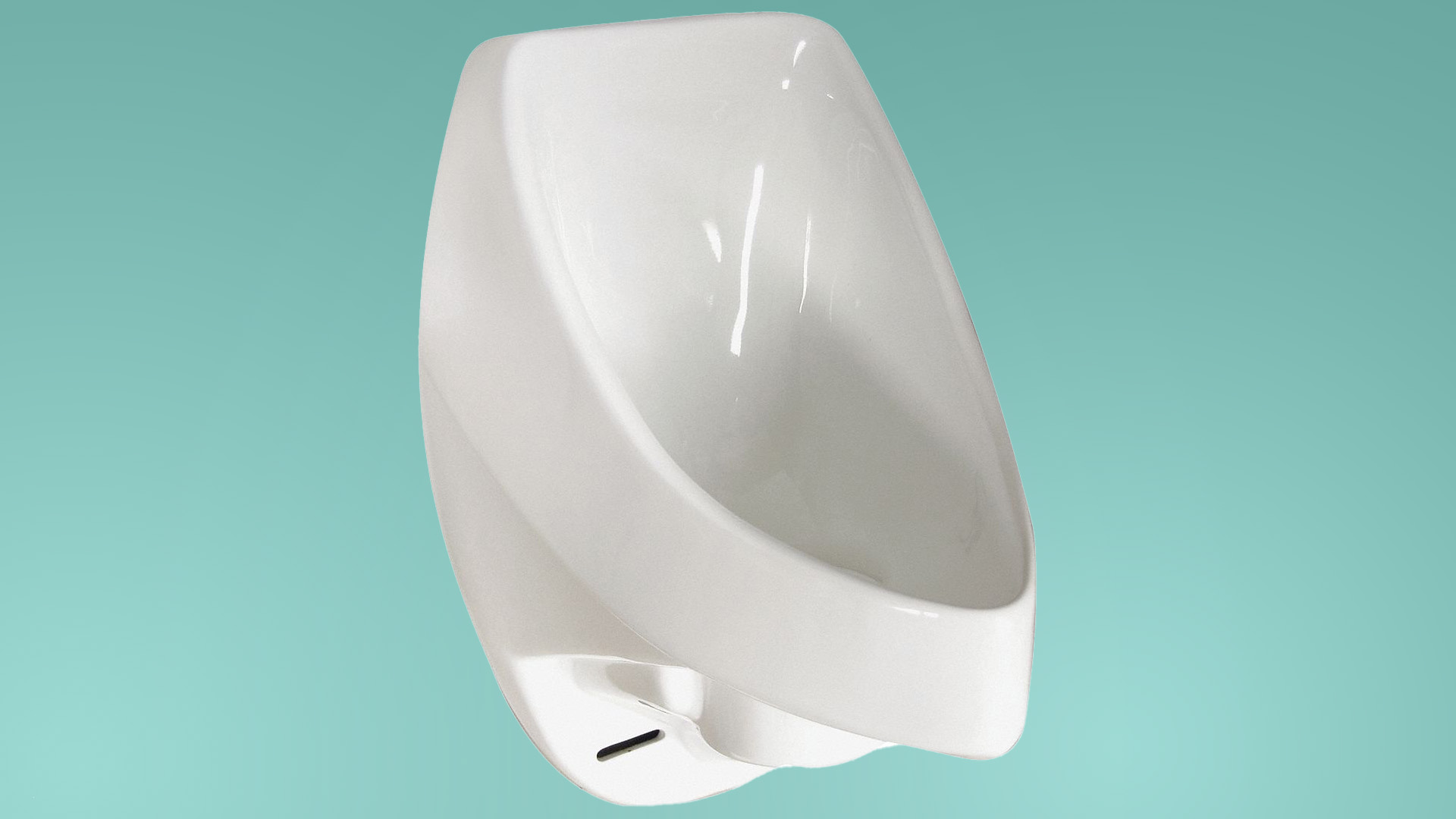

How Do Waterless Urinals Work?
By Grainger Editorial Staff 9/29/21
Waterless urinals offer a low-maintenance solution that can significantly reduce water use in commercial restrooms. This article explains how they work, the benefits they provide, and what to consider before installation, including maintenance, plumbing compatibility and potential rebates.
The U.S. Department of Energy estimates that toilets and urinals can account for nearly one-third of a building's water consumption. Waterless urinals offer an environmentally friendly and sanitary alternative to traditional fixtures.
All waterless urinals use the same basic principle: gravity carries urine from the basin through a seal in a cartridge and into the plumbing drain system, while the seal prevents odors and sewer gasses from rising up the pipe and into the restroom. The seal is typically formed by a layer of liquid sealant within the disposable cartridge insert or within an integrated trap. Like traditional water-flushing urinals, waterless urinals can be made of fiberglass, stainless steel or vitreous china.
Waterless urinals don't use water to help dispose of waste, but they do typically require a very small amount of water during installation and routine interval maintenance. For example, many manufacturers recommend flushing the fixture and drain line with hot water when changing the cartridge or cleaning the trap.
But even considering the small amount of water involved in maintenance, waterless urinals are very close to being water free. In 7,000 uses, an old, inefficient urinal could use as much as 35,000 gallons of water. A conventional urinal that meets current federal standards will consume 7,000 gallons of water. A highly efficient conventional urinal certified by the EPA's Watersense program will consume about 3,500 gallons of water. Meanwhile, the maintenance tasks on a typical waterless urinal might consume five or six gallons—which is as close to zero as it gets.
Advantages of Waterless Urinals
Waterless urinals have grown in popularity in recent decades, especially as more businesses, facilities, and individuals continue to look for more ways to cut their budgets and go green. Installing waterless urinals in office buildings, industrial facilities and highly trafficked public places can offer several advantages.
Efficiency. According to the EPA, a typical office building that replaces its fixtures with highly efficient waterless urinals can save 26,000 gallons of water per year or more.
Cleaner air. Conventional toilets and urinals contain water that can harbor disease-causing bacteria to be released into the air and onto surfaces when flushed.Waterless urinals, on the other hand, have no flushing action and are designed to dry out between uses, so they can't release contamination in this way.
Hand hygiene. With no handles or buttons, waterless urinals are entirely touch-free, helping reduce the opportunity for cross-contamination.
More predictable maintenance. Waterless urinals require regular maintenance—changing cartridges or topping up the sealant at specific intervals, for example. However, the lack of a flush valve and the rarity of clogs and overflow can simplify maintenance tasks.
Things to Consider Before Installing Waterless Urinals
When planning a waterless urinal installation, there are several things to keep in mind, including cleaning procedures, rebate opportunities and the Americans with Disabilities Act.
Retrofitting and ADA Compliance
No-flush urinals can be installed virtually anywhere a conventional variety would be used. However, if you're retrofitting an older facility it's also worth keeping in mind that in restrooms with two or more urinals, the Americans with Disabilities Act (ADA) requires at least one to have a rim no higher than 17 inches from the ground.
Connecting a Waterless Urinal
Although waterless urinals don't use water to flush, they still require a drain connection. Waterless urinals usually fit standard 2-inch drainage lines or can be adapted to fit 1.5-inch lines. However, FacilitiesNet recommends not installing waterless urinals if the building's drain and vent system uses copper pipes. Without the dilution of flushing water, concentrated urine can react with copper, leading to pitting and corrosion. Checking that drain lines comply with plumbing code standards and slope enough to push waste through without water flushing is also recommended. Manufacturers also typically recommend that waterless urinals not be installed on unvented (not to code) drain lines, and it's important to snake the drain line to eliminate any clogs before installation.
Cartridge Life and Cost
When choosing a waterless urinal, you may want to check for details on cartridge life, cost and compatibility. Although the maintenance procedures are similar on most waterless urinals, the cost of the replacement parts can vary.
Maintenance and Cleaning
Before installing waterless urinals throughout a facility, it's a good idea to train cleaning personnel on proper maintenance techniques. Generally, the interior and the exterior areas of the waterless urinal can be cleaned and disinfected using a spray cleaner and cleaning cloth. Some manufacturers have developed their own cleaning products designed to be used specifically with waterless units. Manufacturers advise against any cleaning process that uses a large amount of water, because this can disrupt the liquid seal in the cartridge and lead to clogs in the drain line.
Rebates and Local Incentives
Some water utility companies offer building owners rebates and incentives for installing waterless urinals, ranging from full to partial reimbursement for the cost of waterless urinals. Check with your local utility for more information. New construction and retrofit projects can also earn certification as green buildings under the LEED program developed by the U.S. Green Building Council. Installing waterless urinals can help projects qualify for LEED credits associated with water reduction and innovative waste water technology.
When you compare traditional urinals with waterless urinal systems, there are many points to consider. Depending on your facility's needs, waterless urinals can offer a viable eco-friendly alternative to conventional urinals by offering increased water savings, reduced maintenance, and improved restroom cleanliness.
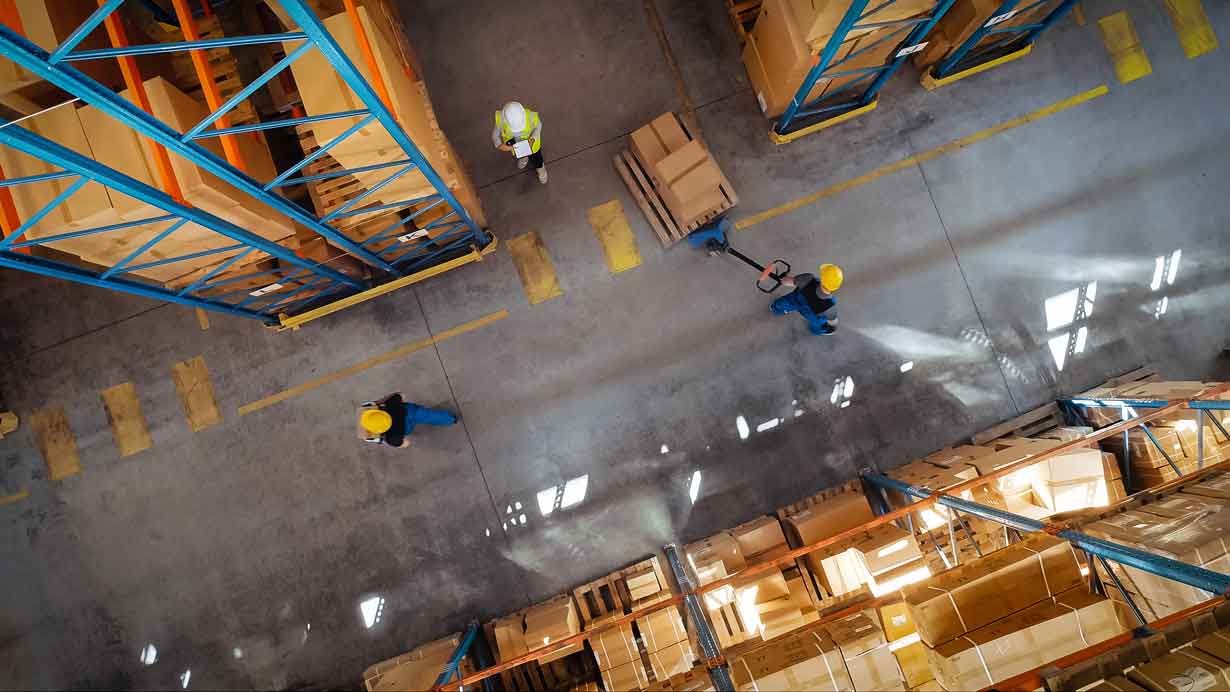
Safety Management
Warehouse Ergonomics Tips to Help Reduce Strain and Injuries
Warehousing and distribution work often involves physical demands that can lead to strain over time. Learn how OSHA’s Warehousing NEP highlights ergonomic risks and ways to help address them.
![]() Our Latest KnowHow
Our Latest KnowHow

6 Tips to Help Prevent Slips, Trips and Falls
Identify the fall hazards in your workplace and implement a fall safety program. Check out these tips from Grainger so you can mitigate risk.
The information contained in this article is intended for general information purposes only and is based on information available as of the initial date of publication. No representation is made that the information or references are complete or remain current. This article is not a substitute for review of current applicable government regulations, industry standards, or other standards specific to your business and/or activities and should not be construed as legal advice or opinion. Readers with specific questions should refer to the applicable standards or consult with an attorney.


